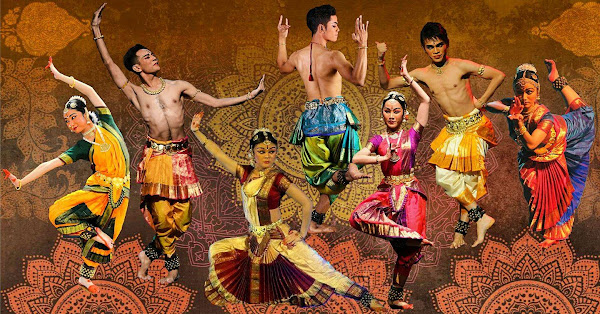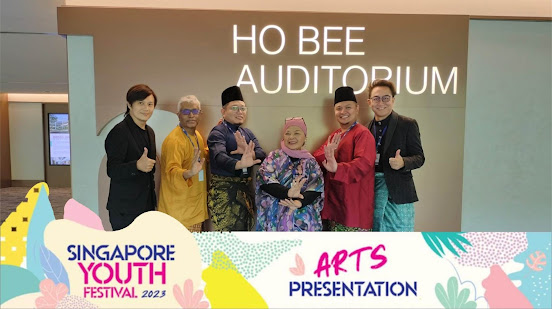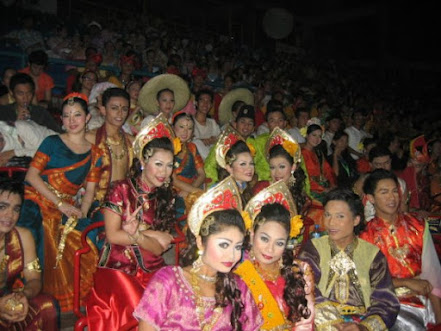Blurring Boundaries Through Bharatanatyam

This edited article shares the journey of Malaysian dancers not of Indian ethnicity or Hindu faith who completed their Arangetram which is a solo debut performance that announces the presentation of the trained Bharatanatyam dancer on stage to the public. In Malaysia, dance is often viewed as the performative symbol of ethnic identity, and national unity, or as a tourist attraction. This is showcased at all government-sponsored platforms including global summits, sports spectacles, and state banquets. Against this social and cultural landscape in Malaysia, this article focuses on and highlights how the practice of Bharatanatyam by non-Indian, non-Hindu dancers trained at ASWARA, blurs boundaries of race and religion in embodied ways. Norbaizura Abd Ghani, Mohd Yunus Ismail, Mohammad Khairi Mokthar, Imran Syafiq Mohd Affandi, and Fatin Nadhirah Rahmat who are Malay Muslims; four Chinese namely Elaine Ng Xinying, a Roman Catholic, Kimberly Yap Choy Hoong, a Protestant Christian, Madeline...


